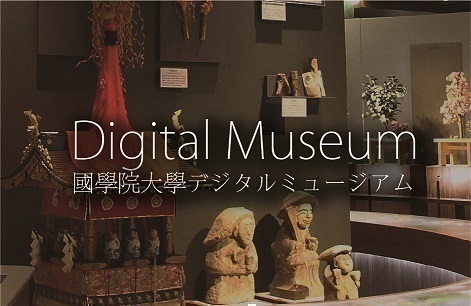- トップ
- Encyclopedia of Shinto
- Arakida Suehogi
Encyclopedia of Shinto
| Main Menu: | |
| Links: |
詳細表示 (Complete Article)
| カテゴリー1: | 8. Schools, Groups, and Personalities |
|---|---|
| カテゴリー2: | Personalities |
| Title | Arakida Suehogi |
| Text | (1764-1828) Scholar and priest at the Grand Shrines of Ise (Ise Jingū) in the late Edo period. His common name was Genban, later changed to Daigaku ("Great Learning"). Arakida was adopted into the Masuya family, who held the hereditary post of Provisional Suppliant Priest (gon-negi) and Steward Priest (uchindo) at the Kazahinomi no Miya, one of the betsugū ("exceptional" shrines) at Ise's Inner Shrine (Naikū). In 1787, at the age of twenty-four Arakida became a student of Motoori Norinaga (1730-1801), a colleague of his natural father Suemoto, and subsequently established a close relationship with Hirata Atsutane (1776-1843). His 1796 treatise Naikū Gekū no ben misogi no umi is known as an outline of the controversy between the oshi (lower ranking priests that serviced pilgrims) of the Inner and Outer Shrines. His Yamaguchi no shiori fumiwake of 1821 was commended by the linguistics scholar Tōjō Gimon (1786-1843), and in his Engishiki norito kunten and Yamatohime no mikoto seiki kobun kunten he shows himself as a scholar of ancient history as well. Kōsei shinreki, Getsuen kasei suiho and other treatises by Arakida of the early 1820s show his interest in astronomy and calendrical calculations, and his broad thirst for knowledge extended to Western (European) studies as well. At times Arakida's thought departed from or stood in opposition to the Motoori and Hirata schools, but throughout the forty works in eighty-nine volumes which he edited or wrote, his can be acknowledged a unique accomplishment for the scholarly high priests of the Grand Shrines. Arakida died on the sixteenth day of the eighth month of 1828 at the age of sixty-five. -Nakanishi Masayuki |




